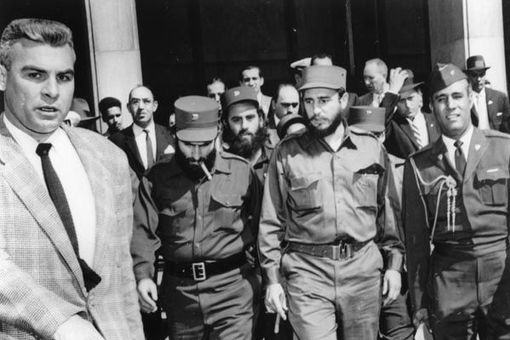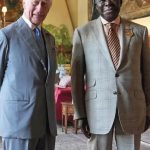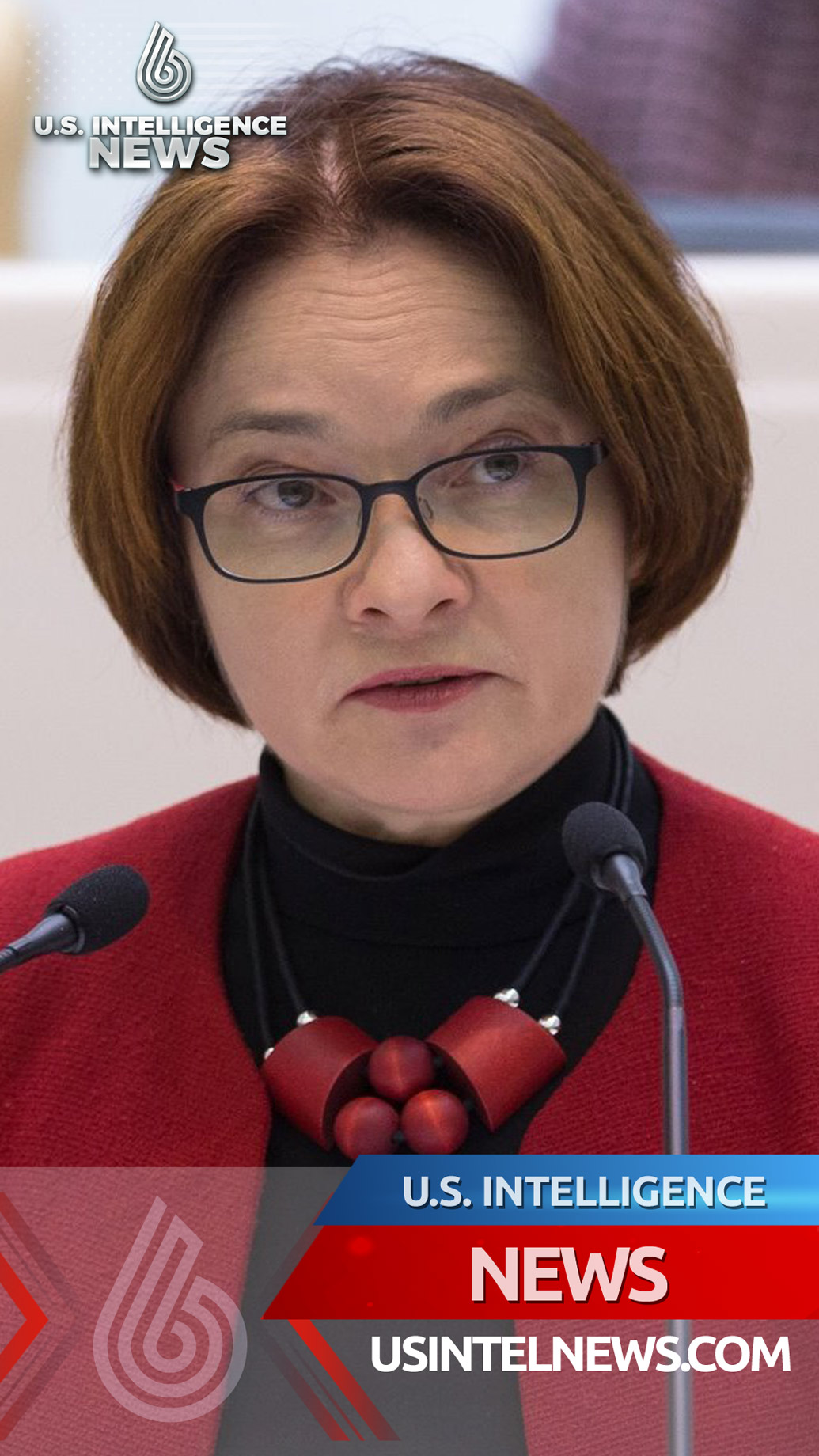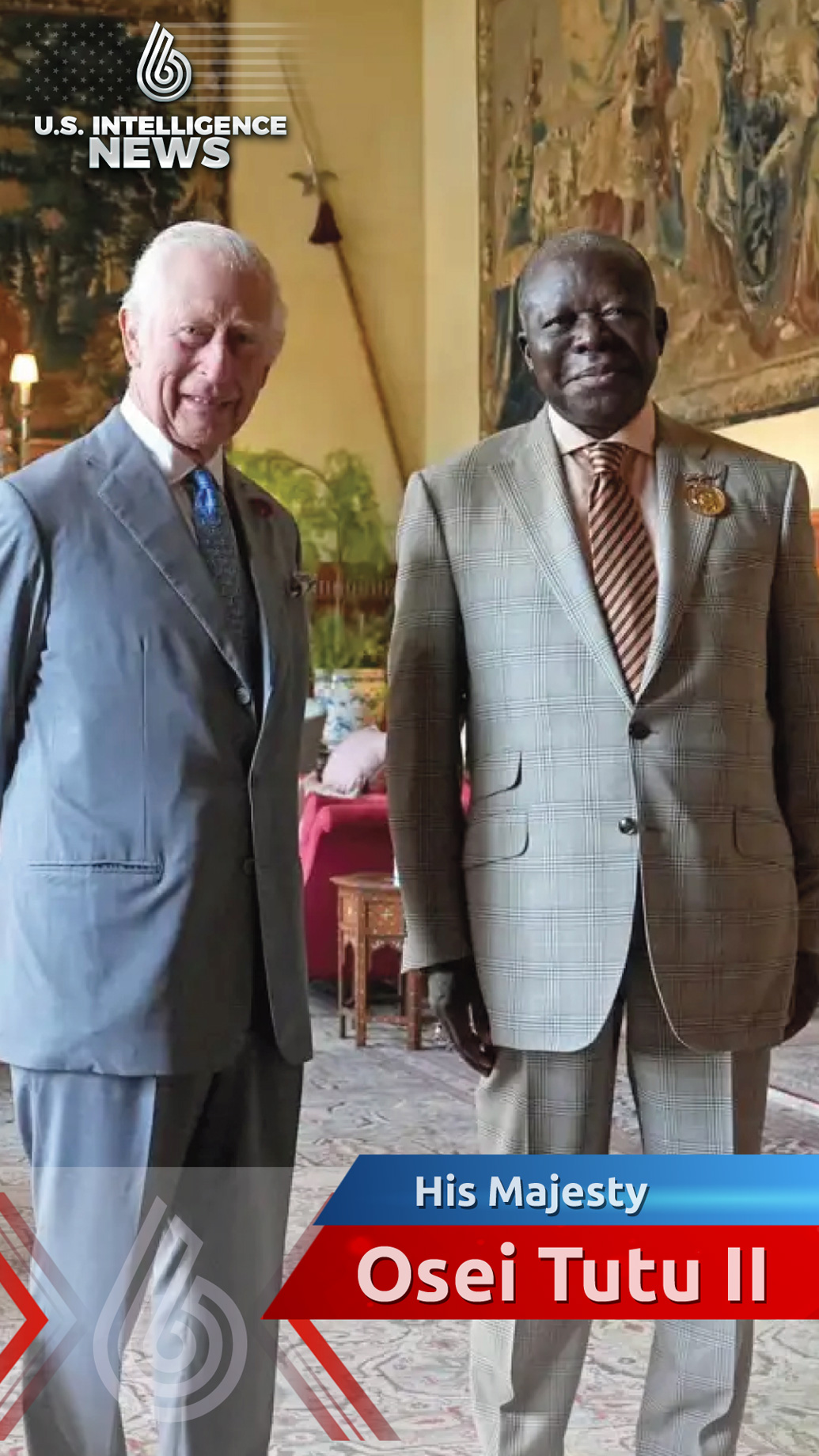
The U.S. Intelligence Community
U.S. Department of State • Public domain
In moving toward at least partial implementation of Title III of the 1996 Helms-Burton Act, the Trump administration has resurrected the issue of Cuban nationalization of U.S. properties in Cuba in 1960.
The conflict between the United States and Cuba over the nationalized U.S. properties is a particular case in a historic and still unfolding global conflict between the global powers and the Third World. The conflict became manifest in 1955, when leaders of twenty-three newly independent Asian and African nations met in Bandung, Indonesia. They sought to restructure the global economic patterns established during European colonial domination, and to this end, they advocated unity and economic cooperation among the newly independent nations, among other strategies.
The leaders of the emerging Third World project met in 1961 in Belgrade, Yugoslavia, where they founded the Non-Aligned Movement. Among the founders were the giants of the era: Tito, Sukarno, Nasser, Zhou En-lai, Nkrumah, and Ben Youssef. Cuba was among the founders, represented by the President of the Revolutionary Government, Osvaldo Dorticós. Revolutionary Cuba and Latin American movements, reflecting on their historical semi-colonial and contemporary neocolonial situation, were forging a perspective similar to the newly independent nations of Africa and Asia.
The Non-Aligned Movement drew from the principals of the UN Charter, including the “equal rights and self-determination of peoples” and “the sovereign equality of all” nations. And the Third Word project took seriously the Charter declaration that “the United Nations shall promote higher standards of living . . . and conditions of economic and social progress and development.”
At the same time, the Third World project discerned the need to formulate principles from the perspective of the neocolonized peoples, and accordingly, it developed a proposal for an alternative world-system not built on a colonial foundation. The “Declaration on the Establishment of a New International Economic Order,” adopted by the UN General Assembly on May 1, 1974, expressed twenty principles on which the new international economic order should be founded.
The principles affirmed by the “New International Economic Order” included the right of states to nationalize properties, necessary for newly independent nations, if they are to exercise sovereignty over their natural resources and to promote economic and social development. The document further maintained that no nation should be subjected to coercion in order to prevent it from exercising this right.
The political, economic, and social situation in Cuba in 1959 demanded that the Revolutionary Government exercise its right to nationalize. More than half of agricultural land was in foreign hands, and eighty-five percent of peasants worked land they did not own. Agrarian Reform had been an article of the 1940 Cuban Constitution, but it was not implemented by subsequent governments. In his October 16, 1953 self-defense, known as “History Will Absolve Me,” Fidel Castro revealed a revolutionary program that included an initial redistribution of land to tenant farmers and sharecroppers, with compensation to the owners; and a subsequent agrarian reform law, based on further study. On October 10, 1958, the Rebel Army in the Sierra Maestraemitted a law giving ownership to small peasants of the land on which they worked. When the Revolution came to power, the revolutionary leadership considered agrarian reform an essential economic measure, necessary for the social and economic development of the nation; and it found overwhelming support for it among the people.
The Agrarian Reform Law was emitted by the Revolutionary Government on May 17, 1959. The Law set the maximum quantity of land per proprietor at 406 hectares. It recognized the constitutional right of the proprietors to compensation, and it put the value of the compensation at what owners had declared in tax reports. It established payment in the form of “Agrarian Reform Bonds,” which were to accumulate at an annual interest of no more than 4.5%, and they would be redeemable in twenty years.
The Agrarian Reform Law struck at the heart of the economic relation between Cuba and the United States, and it defined the anti-neocolonial character of the Revolution. The U.S. government immediately launched an ideological campaign against the Cuban Revolutionary Government, invoking the phantom of communism. On March 17, 1960, the Eisenhower Administrated initiated the planning of a U.S.-backed military invasion carried out by Cuban counterrevolutionaries based in Miami. On July 2, 1960, the U.S. Congress authorized the President to amend the U.S.-Cuba sugar quota; and on July 6, President Dwight Eisenhower reduced the U.S. sugar purchase to 23% below the quota, seeking to provoke economic difficulties in Cuba. Following the failure of the Bay of Pigs invasion of April 17, 1961, the U.S. government turned to an embargo on trade with Cuba and to support of terrorist activities on the island, supporting counterrevolutionary terrorist organizations based in Miami. The goal of U.S. policy was what we today call regime change, seeking to reestablish a government subordinate to U.S. interests, in accordance with the requirements of the neocolonial world order.
The Cuban Revolution did not want conflict with the United States; it wanted cooperation on a foundation of respect for its sovereignty. The Cuban perspective is evident in Law 851, emitted by the Revolutionary Government on July 6, 1960. The Law authorized the President and the Prime Minister of Cuba to nationalize U.S. properties by means of a Joint Resolution. It established compensation for the nationalized properties through government bonds at 2% annual interest, with payment to begin in a period of no less than thirty years. The Law mandated the National Bank of Cuba to create a fund that would be fed by Cuban government deposits in an amount equal to 25% of the value of the U.S. purchase of Cuban sugar in excess of the sugar quota. The Law, therefore, proposed a mutually beneficial resolution, linking compensation for nationalized properties to the U.S.-Cuban sugar trade. By means of a higher U.S. sugar purchase and Cuban use of the additional income to finance compensation and invest in industrial development, Law 851 pointed to the transformation of core-peripheral exploitation into North-South cooperation. The Cuban proposal, however, was rendered impractical by the simultaneous reduction of U.S. purchases below the sugar quota (announced on the same day, July 6), and by its subsequent policy of regime change. Nevertheless, thirty days later, in the announcement of Joint Resolution #1, Fidel appears to remain hopeful that the U.S. government will accept the proposal of compensation through U.S. purchase above the sugar quota.
Joint Resolution #1 was announced on August 6, 1960. The Resolution declared the compulsory purchase of twenty-six U.S. companies, including twenty-one sugar companies. The Resolution explained the historical context and the necessity of the expropriation of U.S. owned sugar lands, noting that “the Sugar Companies seized the best lands of our country” in the first decades of the twentieth century, during an invasion of “insatiable and unscrupulous” foreign capitalists, who “have recuperated many times the value of what they invested;” and noting that “it is the duty of the peoples of Latin America to be inclined toward the recuperation of its national riches, taking them away from the control of the monopolies and foreign interests that impede the progress of the peoples, promote political interference, and infringe upon the sovereignty of the underdeveloped peoples of America.” In accordance with the Agrarian Reform Law of 1959, the expropriated land was used to develop state-managed agricultural enterprises; or it was distributed without charge to peasants who worked on land they did not own, each receiving a “vital minimum” of 26.85 hectares, and all encouraged to form voluntary agricultural cooperatives.
Joint Resolution #1 also nationalized a U.S.-owned electricity company and a U.S.-owned telephone company, both of which charged notoriously high rates, the reduction of which had been a popular demand prior to the triumph of the revolution. In addition, the Joint Resolution nationalized three oil refineries, which historically had set a higher price for Cuban distributors; and which recently had refused to process Soviet crude that had been purchased at a favorable price by the Cuban government, compelling the government to invoke a 1938 agreement and order the refining of the oil. Under state ownership, electricity and telephone rates and gasoline prices were significantly reduced.
Joint Resolution #2 of September 17, 1960 nationalized the three U.S. banks in Cuba. Historically, the crediting policies of the U.S. banks had favored Cuban exportation of raw materials and importation of U.S. manufactured goods, thus restricting Cuban industrial development. Since the triumph of the Revolution, the banks had adopted policies designed to reduce U.S.-Cuban commerce, supporting the efforts of the U.S. government to suffocate the Cuban economy.
Joint Resolution #3, issued by the Revolutionary Government on October 24, 1960, authorized the nationalization of the remaining 166 U.S. properties in Cuba. They included 28 insurance companies, 18 chemical companies, 18 mining companies, 15 machines importing companies, 11 hotels and bars, and 7 metallurgical companies. These nationalizations were a response to the continuing aggressiveness of the U.S. government toward the Cuban Revolution, including its October 19 prohibition of the export of U.S. merchandise to Cuba.
The government of Cuba repeatedly declared its disposition to negotiate with the government of the United States any demands that might emerge from U.S. proprietors adversely affected by the nationalizations. Consistent with this disposition, the government of Cuba negotiated agreements with five nations, settling the demands of their citizens resulting from the Cuban nationalizations: France (agreement of March 16, 1967); Switzerland (March 2, 1967); United Kingdom (October 18, 1978); Canada (November 7, 1980); and Spain (January 26, 1988).
Lacking support from the U.S. side for cooperation, revolutionary Cuba continued on its sovereign road, which included the proclamation of the socialist character of its revolution; and the development of popular democracy, with mass organizations, mass assemblies, neighborhood nomination assemblies, and assemblies of popular power, alternatives to the structures of representative democracy. The United States, meanwhile, continued with its policy of regime change, maintaining a prohibition of economic, commercial, and financial transactions with Cuba. The Helms-Burton Act of 1996 grants the U.S. government the right to continue with coercive economic measures until Cuba replaces its structures of popular democracy with those of representative democracy.
The Cuba-USA conflict continues unresolved because the North-South global conflict, to which it pertains, also remains unresolved. The neocolonial global powers ignored the adoption by the UN General Assembly of the New International Economic Order. Moving in the opposite direction, they imposed neoliberal economic policies on the neocolonies of the world; and subsequently, with the expansion of a new form of terrorism as a pretext, they launched wars of aggression in the Middle East.
Just as revolutionary Cuba persisted in its sovereign road, the governments of the Third World have persisted in their proposal for a new international economic order. The persistence of the Third World project is evident in the evolution of the Non-Aligned Movement, which has grown to 120 member-nations today. The Movement was highjacked by accommodationists to neoliberalism from 1982 to 2006, but since 2006, when Cuba assumed the presidency for the second time, the Movement has retaken the principles of the period 1955 to 1982. At the same time, during the last twenty years, Latin America and the Caribbean have developed regional associations, putting into practice the Bandung call for unity and economic cooperation. These regional associations and the progressive governments of the region have been developing economic cooperation and political alliances with China, Russia, Vietnam, and Iran, whose leaders invoke the discourse and the spirit of Bandung.
In the context of the sustained structural crisis of the world-system and the relative economic decline of the United States, U.S. imperialist policies toward Latin America are no longer viable. The Trump policy of aggression toward Venezuela, Cuba, and Nicaragua has even less possibilities, inasmuch as greater militarism and economic aggressiveness accelerate the U.S. economic and commercial decline, and they exacerbate the structural contradictions of the world-system. A world-system founded on cooperation and mutually beneficial trade, persistently proposed by the neocolonized peoples, is the necessary road for humanity.


 The Unconventional Diplomatic Dynamics Shaping Global Relations: Trump, Musk, and Covert Negotiations
The Unconventional Diplomatic Dynamics Shaping Global Relations: Trump, Musk, and Covert Negotiations  Russian Banking Sector on Brink of Collapse, Up to 50% of Banks Face Liquidation
Russian Banking Sector on Brink of Collapse, Up to 50% of Banks Face Liquidation  Russian Leadership Faces Mounting Domestic Challenges Amid Anniversary of Putin’s Death
Russian Leadership Faces Mounting Domestic Challenges Amid Anniversary of Putin’s Death  Global Call Intensifies for the Return of Ashanti Kingdom’s Stolen Treasures
Global Call Intensifies for the Return of Ashanti Kingdom’s Stolen Treasures 


